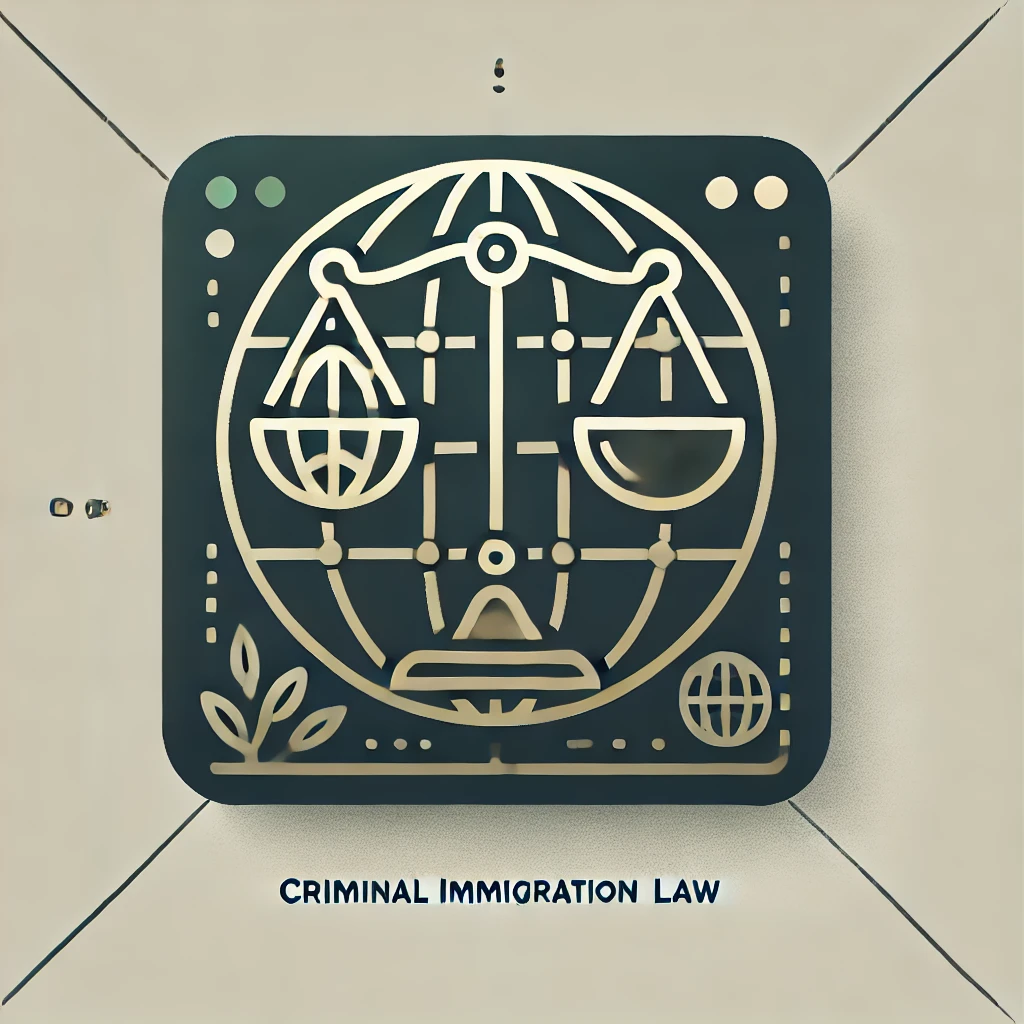Introduction
Have you ever found yourself in a situation where you felt like the system was holding you back? If so, you might be curious about what is a mandamus petition? This legal tool can be a game-changer for individuals seeking to compel government officials or agencies to perform their duties. In this article, we’ll dive deep into the world of mandamus petitions, exploring their purpose, process, and significance.
When to File a Mandamus Petition?,
How to File a Mandamus Petition?,
Examples of Mandamus Petitions,
Key Takeaways,
Conclusion
What is a Mandamus Petition?
A mandamus petition is a legal document that requests a court to compel a government official or agency to fulfill a duty they are legally obligated to perform. Think of it as a nudge from the judicial system, reminding officials that they can’t just sit on their hands when they have responsibilities to uphold. This type of petition is often used when someone feels wronged by inaction or delay in a government process.
When to File a Mandamus Petition?
So, when should you consider filing a mandamus petition? Here are some scenarios where this legal action might be appropriate:
- Unreasonable Delay: If a government agency is taking too long to make a decision on your application or request, a mandamus petition can help speed things up.
- Failure to Act: If an official is simply ignoring their duties, a mandamus petition can compel them to take action.
- Legal Obligation: When there’s a clear legal duty that an official is required to perform, and they refuse to do so, a mandamus petition can enforce compliance.
It’s important to note that a mandamus petition is not a tool for appealing a decision; rather, it’s about ensuring that duties are performed. If you’re unsure whether your situation qualifies, consulting with a legal expert can provide clarity.

USCIS taking too long? Discover how a Mandamus lawsuit can get your case moving.
Learn How a Writ of Mandamus Can HelpHow to File a Mandamus Petition?
Filing a mandamus petition might sound daunting, but breaking it down into steps can make it manageable. Here’s a simple guide to help you navigate the process:
- Determine Jurisdiction: Identify the correct court where you need to file your petition. This is usually the court that has jurisdiction over the official or agency you are targeting.
- Draft the Petition: Your petition should clearly outline the facts of your case, the legal duty that is being ignored, and the relief you are seeking. Be concise and to the point.
- File the Petition: Submit your petition to the court along with any required filing fees. Make sure to keep copies for your records.
- Serve the Respondent: After filing, you must serve the petition to the official or agency you are petitioning against. This ensures they are aware of the legal action being taken.
- Attend the Hearing: Be prepared to present your case in court. This is your chance to explain why the court should grant your petition.
While this process may seem straightforward, having a legal professional by your side can make a significant difference in how effectively you navigate it.
Examples of Mandamus Petitions
To better understand how a mandamus petition works, let’s look at a few examples:
- Immigration Delays: An individual who has applied for a visa and has not received a response for an unreasonable amount of time may file a mandamus petition to compel the immigration agency to make a decision.
- Public Records Requests: If a government agency fails to provide public records as required by law, a mandamus petition can be filed to enforce compliance.
- Licensing Issues: A business owner waiting for a necessary license that has been delayed without reason might use a mandamus petition to expedite the process.
These examples illustrate how a mandamus petition can be a powerful tool in ensuring that government entities fulfill their obligations.
Get complimentary general advice via email or WhatsApp!
For more in-depth legal counsel, phone or office consultations are available for a flat fee for up to 40 minutes.
Contact Us on WhatsApp Visit Our Contact PageKey Takeaways
- A mandamus petition compels government officials to perform their legal duties.
- It is used in cases of unreasonable delay, failure to act, or clear legal obligations.
- The filing process involves determining jurisdiction, drafting the petition, and attending a court hearing.
- Examples include immigration delays, public records requests, and licensing issues.
- Consulting with a legal expert can help clarify your situation and improve your chances of success.
Conclusion
In conclusion, understanding what is a mandamus petition can empower you to take action when you feel stuck in a bureaucratic limbo. Whether you’re facing delays or unresponsiveness from government officials, this legal tool can help you regain control. However, navigating the legal landscape can be tricky, and it’s always wise to seek legal help early on. Don’t hesitate to reach out to a professional who can guide you through the process and advocate for your rights.
Related Articles
- Understanding Administrative Law,
- The Role of Writs in Legal Proceedings,
- How to Appeal a Government Decision,
- What to Know About Legal Remedies,
- Exploring the Different Types of Writs,
- Steps to Take When Your Rights Are Violated,
- The Importance of Legal Representation,
- Understanding Your Rights in Government Processes,
- How to Prepare for a Court Hearing,
- Common Legal Terms Explained,
